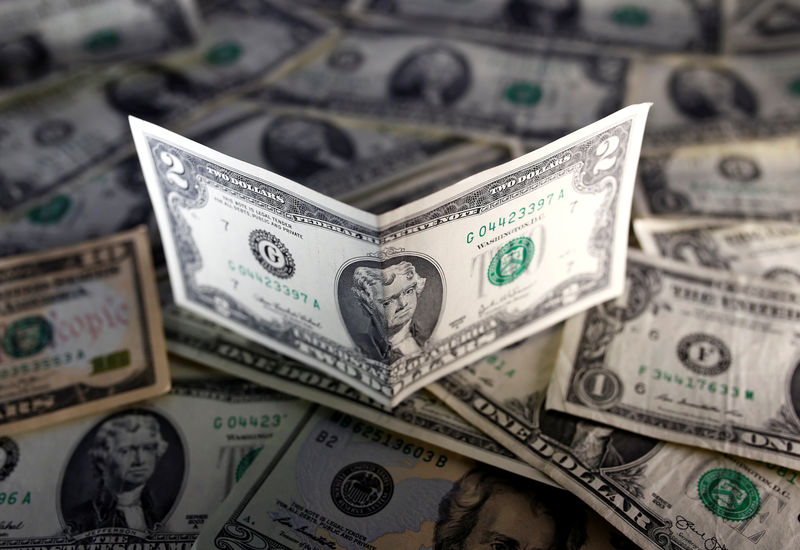By Peter Nurse
Investing.com - The dollar edged higher in early European trading Monday, as quickening progress on vaccination tips relative growth expectations in the dollar's favor, ahead of a key employment report.
At 2:55 AM ET (0755 GMT), the Dollar Index, which tracks the greenback against a basket of six other currencies, was up 0.1% at 92.865, just below a four-month high of 92.868 reached overnight.
USD/JPY was down 0.1% at 109.55, GBP/USD was down 0.2% at 1.3760, while the risk-sensitive AUD/USD fell 0.2% to 0.7620.
The U.S. dollar has been in demand over the last few weeks, as a cautious market mood pushed investors to safety while U.S. economic strength and a rapid vaccine rollout have added to the greenback's shine.
U.S. jobless claims fell to a one-year low last week and President Joe Biden said he would double his vaccination goal, after surpassing 100 million shots 42 days ahead of schedule.
This has seen bond yields climb sharply this year, with the benchmark 10-year Treasury yield climbing as high as 1.75% last week.
“There are very few signs yet that what we see as a corrective dollar bounce has run its course,” said analysts at ING, in a research note.
EUR/USD dropped 0.1% to 1.1781, continuing to suffer as European inoculations have been hit by supply problems and safety concerns.
“Much focus will remain on the virus situation in Europe and whether lockdowns can slow rising case numbers and also whether the slow pace of vaccinations can finally reach exit speed,” said ING, adding “that leaves EUR/USD vulnerable to 1.1700 in the week ahead.”
U.S. data this week includes Purchasing Managers Index figures midweek, but the main release will be the official employment report due on Good Friday, which is expected to show a continued recovery in the labor market, with the unemployment rate seen falling from February’s 6.2%. .
“None of this should really sway the Fed, however, which still awaits 10 million people to re-discover work and has gone out of its way to undermine the unemployment rate as a catch-all figure for those unemployed,” said ING.
